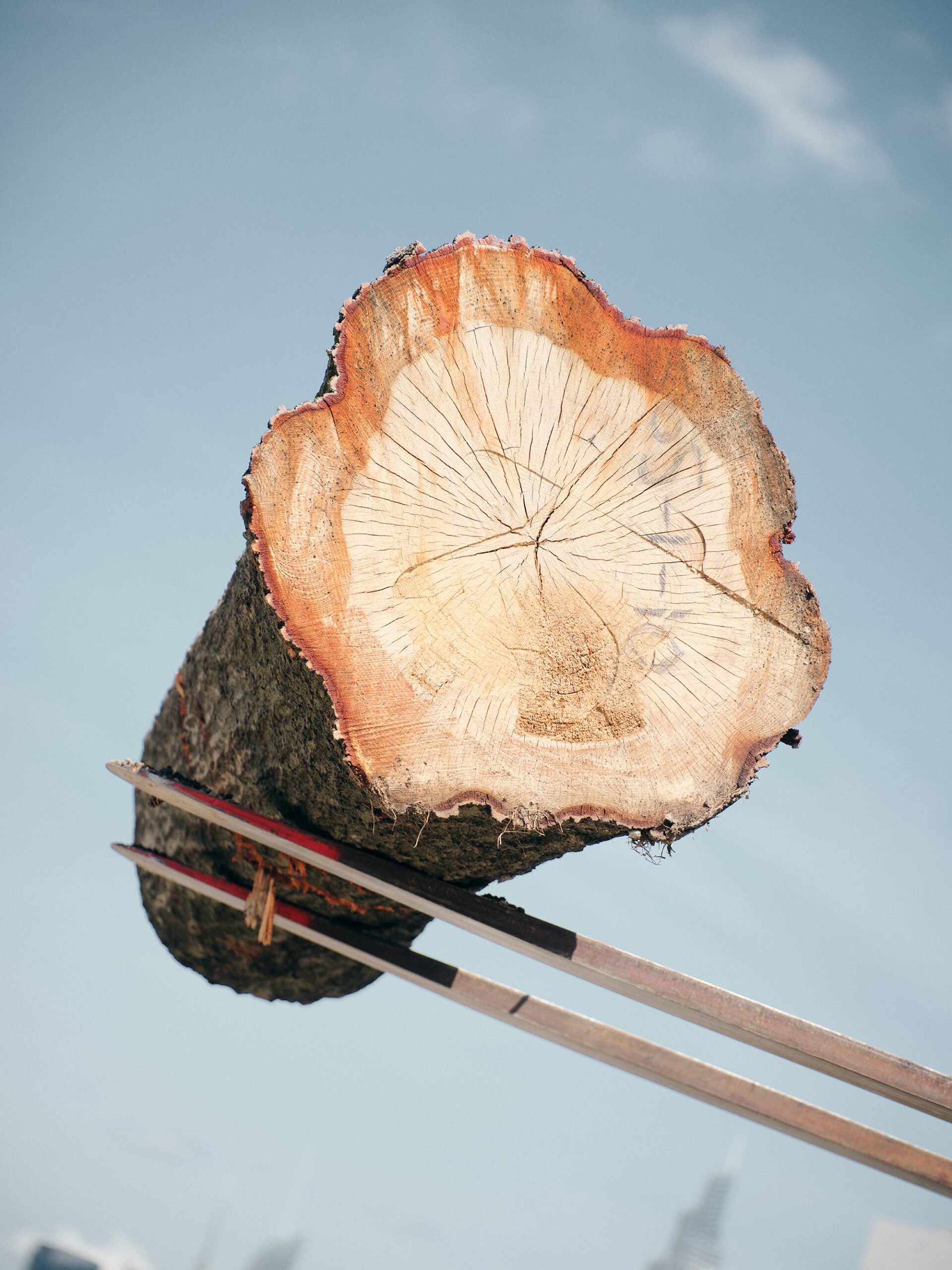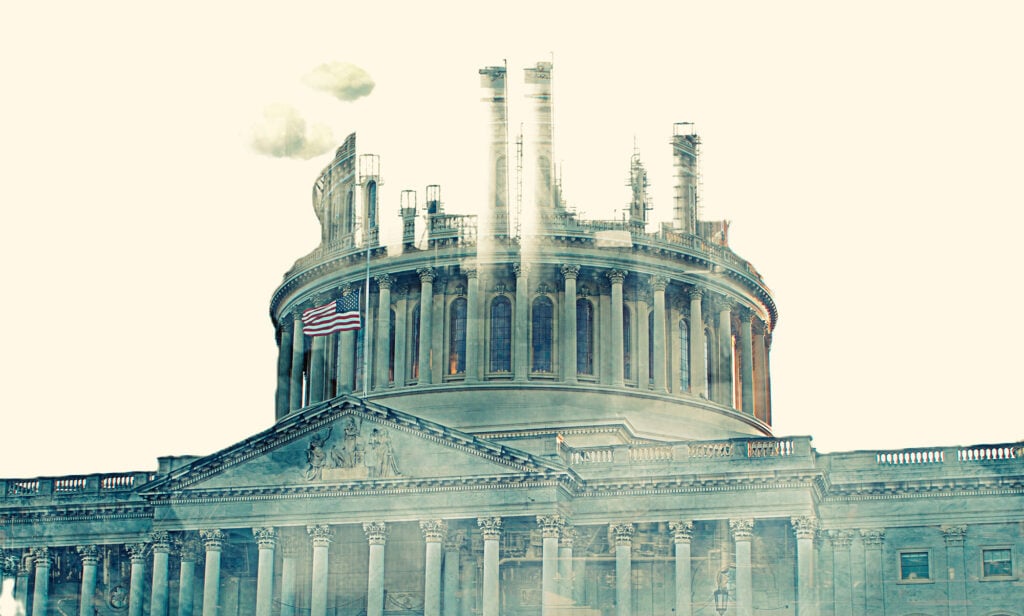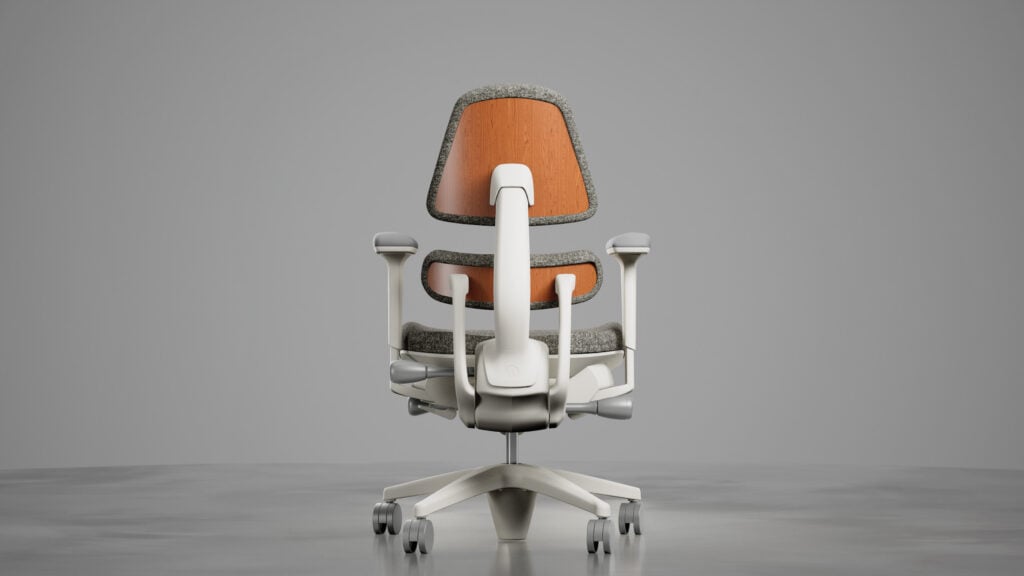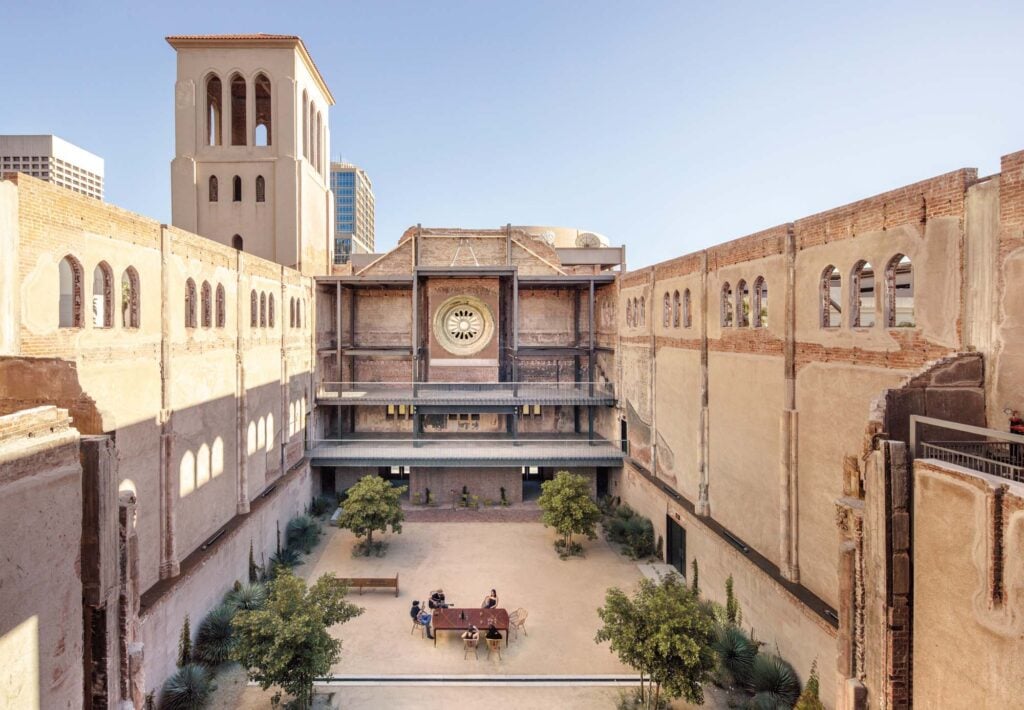
February 13, 2024
This Lighting Collection Diverts Urban Trees from Landfills
It’s estimated that over 12,000 trees are cut down annually throughout New York City’s five boroughs. Though efforts are made to replace them with new saplings, little is done to harness their second-life potential. Most end up in landfills or are mulched. A recent report released by peer-reviewed journal ScienceDirect determined that 251 million metric tons of CO2 could be reduced if this waste material were repurposed while still actively absorbing these emissions. Collaborating with Brooklyn-based wood supplier and design fabrication studio Tri-Lox and the New York City Department of Parks and Recreation, Long Island City–based lighting producer Stickbulb is spearheading a pilot program that will divert trees from landfills to help create a regenerative circular wood economy for New York City.


Stickbulb’s new TREELINE lighting collection transforms raw urban wood waste material into elegant rectilinear pendant fixtures engineered for a vast array of interior applications. Working closely with the organization Forest for All NYC, the company has checked the box on one of this coalition’s main objectives: to find a way to manufacture products locally using this otherwise wasted resource.
Part of this initiative is to adopt a circular production model and establish a found-material repository. The newly formed Stickbulb WOOD BANK stockpiles a range of salvaged woods, including trunks that have been destroyed by fence post nails. Finding ways to responsibly and feasibly upcycle these various elements at scale is an ongoing endeavor and one that often requires a case-by-case approach.

“Every opportunity for sourcing raw material is different,” says Christopher Beardsley, Stickbulb cofounder. “For example, we recently got word that a very large pin oak was being removed behind a brownstone in downtown Manhattan. So we worked with the client and a contractor to roll two 8-foot-by-30-foot logs through the brownstone on wheels to the front of the street, where they could be loaded onto a log truck and brought to our milling site in Williamsburg, Brooklyn.”


Would you like to comment on this article? Send your thoughts to: [email protected]
Latest
Viewpoints
3 Sustainability News Updates for Q3 2024
Policy initiatives are gathering momentum as the federal government and building sector organizations align their expertise under the umbrella of the Inflation Reduction Act.
Products
The Anthros Chair Goes Beyond Ergonomics
A brand-new task chair comes out of decades-long evidence-based research into wheelchair design and the human body.
Projects
Monroe Street Abbey Is an Armature from the Past for the Future
Discover how Jones Studio transformed the ruins of a former Baptist church in Phoenix into a community-centered garden and event venue.





